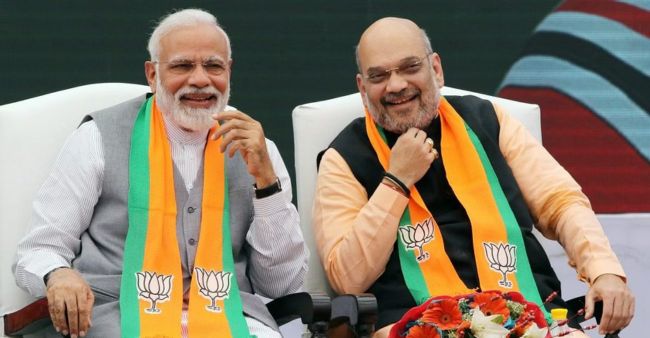Leaders of 24 Opposition parties are meeting in Bengaluru in the coming week, in what is being viewed as an attempt to put together an alliance, to take on the mighty Bharatiya Janata Party led by Prime Minister Narendra Modi. However, it is most unlikely that there would be any decision on a single face being projected as the primary challenger in the next Lok Sabha polls, which many believe could be advanced to the winters, to coincide with the Assembly elections in some states.
Congress president Mallikarjun Kharge has already made it known that a decision on the Prime Ministerial candidate of the Opposition could be taken in the post-poll scenario. This also means that Kharge has put to rest all speculation that the grand old party would be insisting on Rahul Gandhi being its nominee for the coveted position. This could be a comforting thought for some Opposition leaders aspiring for the post.
However, what is also clear to many leaders opposed to the BJP is that the contest in the Parliamentary election would primarily turn out to be a Modi versus Modi affair, given the prominent and dominant position the Prime Minister enjoys in the political arena at this juncture.
It is evident that when the voting day arrives, people would either vote for or against Modi, and it would be of little consequence to them as to who would be leading the Opposition. Therefore, if more votes come towards Modi, the BJP would be leading the NDA into its third term in office. However, if the mandate is against the current dispensation, the Opposition shall have the difficult task of choosing their leader, who probably would belong to the party with the maximum number of seats.
It is equally obvious from all projections by psephologists that the BJP would emerge as the single largest party, and thus would have the first right to form the government along with its coalition partners. The conjecture is that what would happen if the BJP emerges as the single largest party, but is way below its present strength, and has to be dependent on smaller parties to help it come to power. In that kind of an unthinkable scenario, what would be the shape, politics finally takes?
This indeed would appear to be a hypothetical situation, but all kinds of likely developments have to be taken into account, when realpolitik gets discussed. It is an accepted fact in politics, that in the game of possibilities anything can happen. And what can be visualized theoretically needs to be also deliberated practically in order to prepare parties and their leaders for a reality check.
The BJP is way ahead of others at this stage but if one goes by the law of averages, its numbers, in many of the states, which had peaked in 2019, would probably come down. The calculation would be based on how many seats the BJP would lose as compared to the last time, and whether this loss would be compensated by its additional alliances, with parties which have stood by it, or the new partners, it is seeking.
The Maharashtra experiment where the BJP is banking on both the NCP faction led by Ajit Pawar and the Shiv Sena group headed by Eknath Shinde to help it retain its present tally of 43 out of 48 seats, could be flawed. This is primarily because the NCP has always been a sub-regional outfit with presence mostly in Western Maharashtra and parts of Marathwada, while it is to be seen whether Eknath Shinde’s influence extends beyond the Thane district.
A difficult gamble on part of the BJP, which could boomerang if its own cadres resent the imposition of candidates from other parties in areas where they were expecting someone from their own fold to be fielded as the nominee. The fact is that when leaders from other parties come to reinforce the political effort, it also is at the cost of one’s own party to some degree. However, if the degree is negligible, the game can succeed. Otherwise, the consequences would never be beneficial, particularly in the long run.
What works for the BJP is that it has an overall robust organizational structure and has a leader like Modi, who is without any doubt the most dominant political personality of these times. Leader to leader, he is way ahead, but then the contest would be Modi versus Modi and this is where the Opposition’s hopes lie.
The Bengaluru conclave would witness the presence of many top leaders, and the participation of UPA chairperson Sonia Gandhi on the home turf, where the Congress is in power, would tilt the scales in favour of the grand old party setting the Opposition agenda. This is something which other parties also must recognise, since without the Congress as the nucleus, no alliance to face the BJP can be worked out.
Kharge is an old experienced hand and has been quietly working to keep the other Opposition parties in good humour with his accommodative approach. Sonia Gandhi shall be the sobering influence on many in her own party
The BJP shall be setting the political narrative. However, the Opposition must be cautious to ensure that it does not fall in the trap. Between us.

